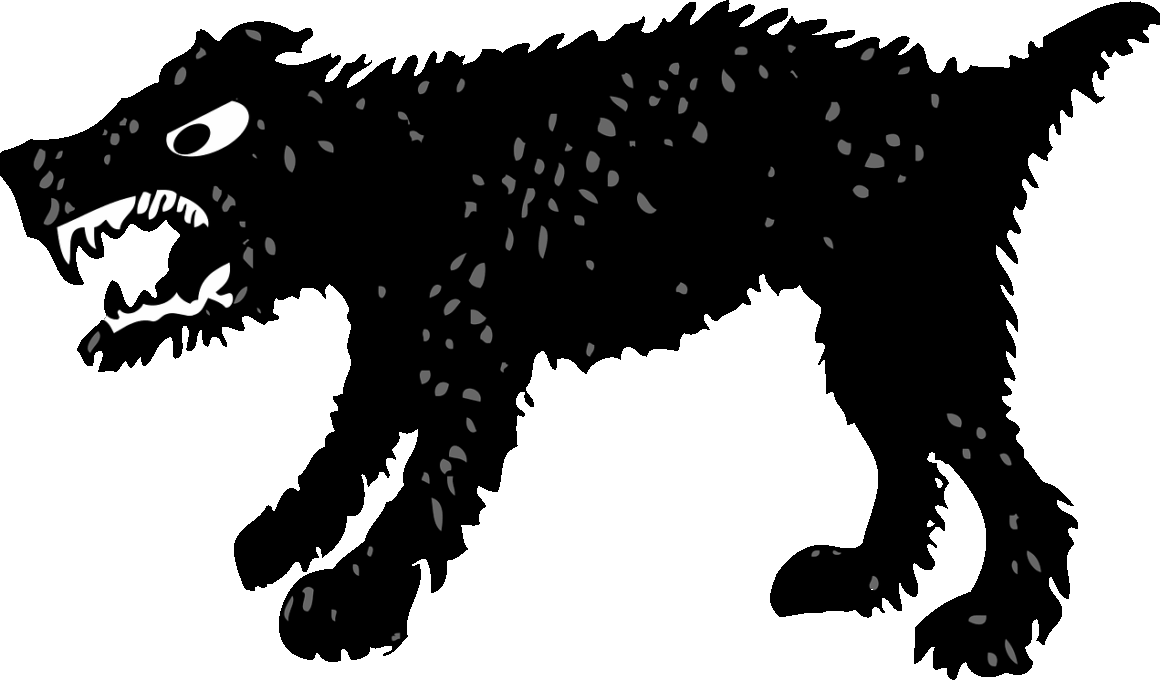Technology and Tools to Help Monitor and Manage Dog Aggression
Dog aggression can be a significant issue, particularly in multi-dog households. Understanding the underlying causes of this behavior is key to finding effective solutions. Factors such as lack of socialization, territorial instincts, and stress can trigger aggressive reactions between dogs. Advanced technology can play a crucial role in monitoring these behaviors. For example, utilizing pet cameras allows owners to observe interactions in real-time, helping to identify specific triggers leading to aggression. Furthermore, smart collars can provide data on each dog’s activity levels and stress indicators. By analyzing this information, dog owners can pinpoint patterns that may indicate an aggressive tendency.
In addition to cameras and collars, other tools such as behavior-tracking apps can be invaluable for owners of multiple dogs. These applications allow users to log incidents of aggression, behavioral changes, and sociability levels. With this data, dog owners can take proactive measures to mitigate conflicts. For instance, if one dog consistently displays aggression during play, the owner can devise targeted interventions. Moreover, apps often offer insights into training strategies and tips from dog behavior experts. This step can lead to improved relationships among dogs, fostering a more harmonious environment. Owners should also consider involving professionals for an in-depth understanding of aggression triggers.
Smart Training Devices for Aggressive Behavior
Training tools, such as remote trainers and interactive toys, can assist in redirecting aggressive tendencies. These devices can provide immediate feedback to dogs, reinforcing positive behaviors. Remote trainers deliver consistent cues, helping dogs understand acceptable play and interaction styles with their companions. Additionally, interactive toys promote mental stimulation, which can reduce potential aggression stemming from boredom or under-stimulation. When using these tools, it is crucial to ensure that they align with positive reinforcement strategies. Punitive measures can exacerbate aggression and lead to increased anxiety among dogs, contrary to the desired effect of fostering healthy interactions.
Moreover, monitoring tools such as temperature and humidity sensors can help understand the environmental factors contributing to aggression. Dogs are sensitive to their surroundings, and extreme temperatures can lead to stress, triggering aggressive behavior. By ensuring a comfortable environment, dog owners can help minimize stress-related aggression. Enhanced environmental awareness from technology enables owners to make necessary adjustments in their households, ensuring all dogs feel safe and secure. Additionally, creating designated safe spaces for each dog can help alleviate territorial disputes. These strategies, backed by technology, facilitate smoother coexistence among housemates.
Community and Online Support
Being part of a community that understands dog behavior issues, like aggression, can provide valuable support to owners. Online forums and social media groups dedicated to dog behavior offer a platform for owners to share experiences and solutions. Seeking advice from others facing similar challenges can foster a supportive environment. Owners can exchange stories about successful management techniques, leading to innovative ideas for handling aggressive behavior. Importantly, this network can provide emotional support during difficult times when managing a multi-dog household where aggression may arise. Connection fosters resilience and hope among dog owners.
Engaging with professional dog trainers and behaviorists online can also enhance the learning experience. Many experts offer virtual consultations and training, making their services accessible regardless of location. By leveraging these online resources, owners can enhance their understanding of dog behavior modifications. Trainers often provide tailored strategies specific to the unique dynamics of a multi-dog household. Additionally, virtual platforms may include instructional videos and guidance that dog owners can refer to continuously. Importantly, this ongoing learning process ensures that families can stay ahead in managing their dogs’ behavior effectively.
Final Thoughts on Managing Aggression
Owning multiple dogs presents unique challenges, especially regarding aggression management. However, with a blend of technology and community support, owners can navigate this complex terrain. Embracing innovative tools like pet cameras, tracking apps, and remote trainers helps foster a better understanding of inter-dog relationships. Moreover, incorporating insights from professionals amplifies the potential for success in behavior modification efforts. It is essential to remember that managing aggression requires patience and persistence. Each dog is different, and interventions tailored to individual personalities supercharge effective results and improved harmony within the home.
As technology advances, dog owners have an array of resources to help reduce aggression in multi-dog households. By staying informed, proactive, and utilizing the tools available, significant improvements can be made in canine relationships. Families can enjoy peace of mind, enriching experiences, and bonding moments with their pets. While addressing aggression challenges can be demanding, the outcomes ultimately lead to a more peaceful home. Therefore, owners should never hesitate to seek help, embrace technology, and foster community support in their endeavors to ensure their dogs thrive together in a loving environment.


